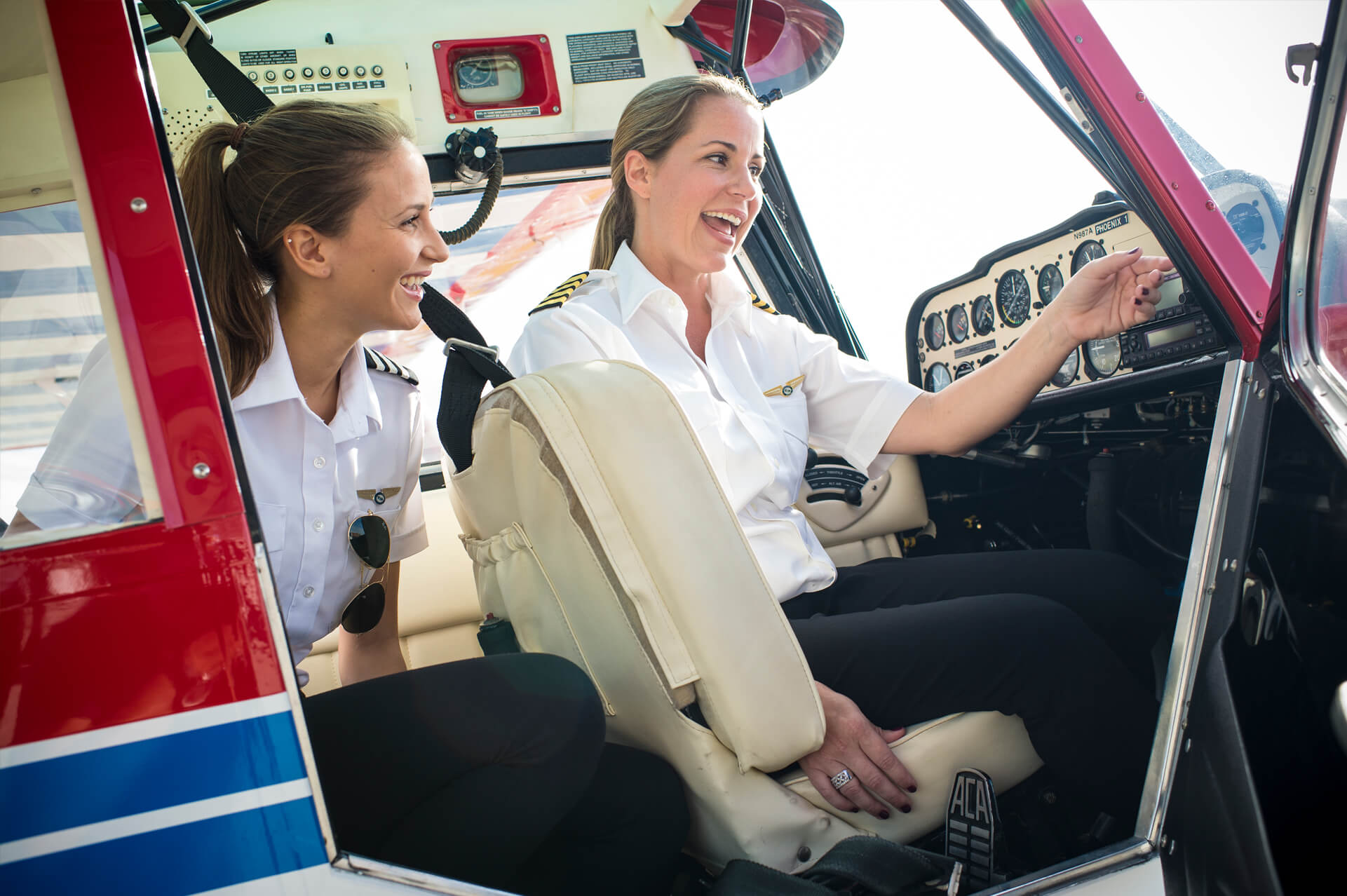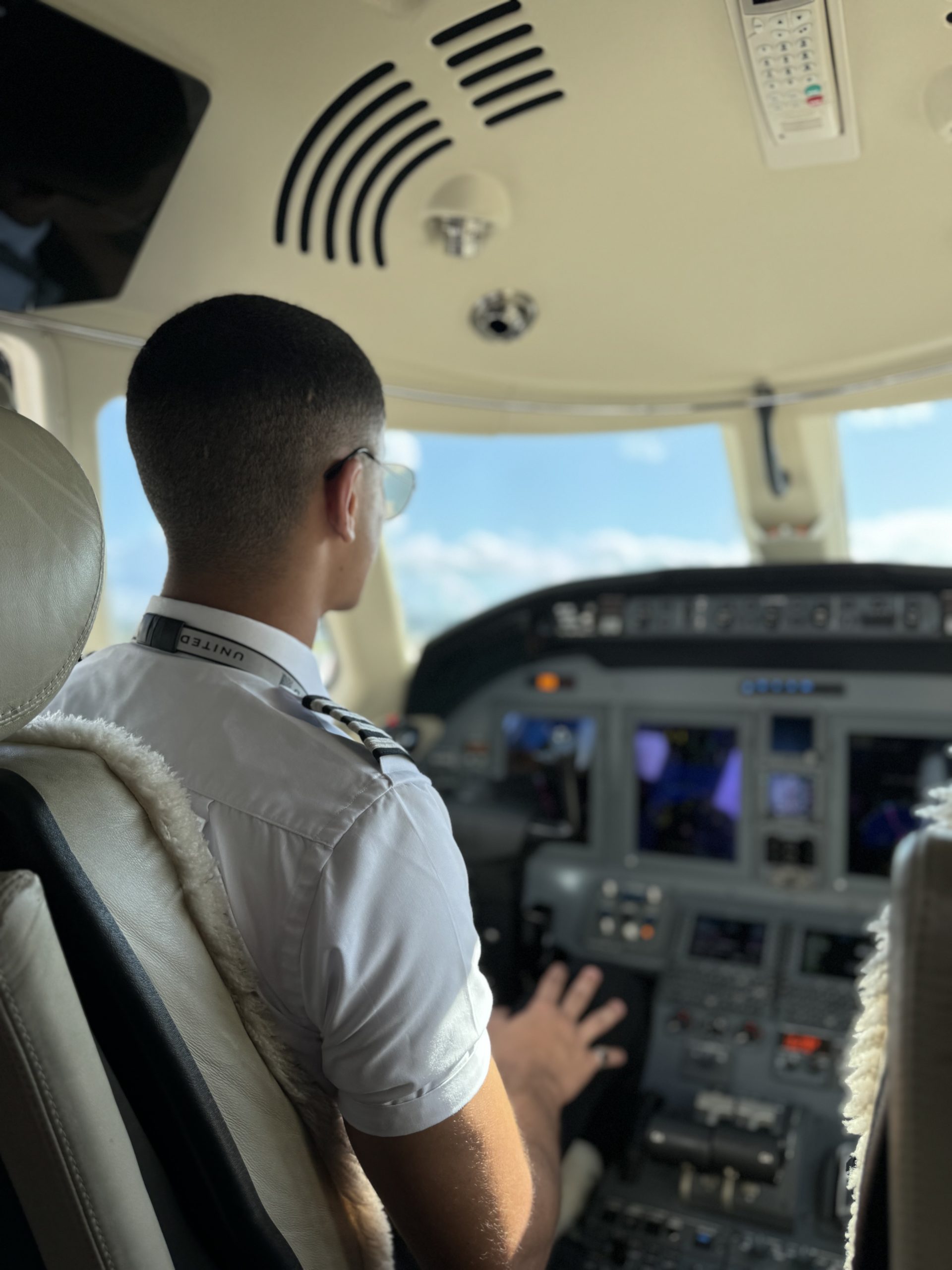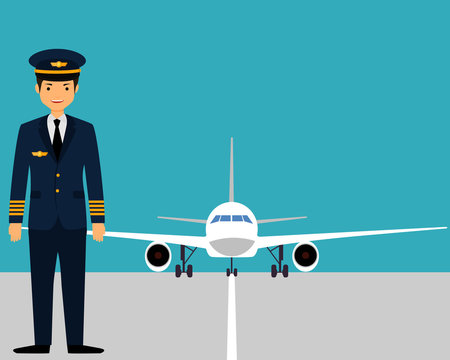
PEA Newsletter & Blog
Recent Posts

It takes both time and dedication to complete flight school. From start to finish, flight school requires a minimum of 1,500 hours to obtain an ATP license to begin work as a commercial pilot. While the ultimate goal for many pilots is to fly for...

If you’ve spent any time researching what it takes to become a professional pilot, you’ve probably encountered the term “IFR rating” or “instrument rating.” For aspiring pilots, this certification represents a crucial milestone—one that transforms you from a fair-weather flyer into a pilot capable of...

Every airline pilot starts somewhere, often with their very first flight. At Phoenix East Aviation, students are introduced to aviation fundamentals through FAA-approved instruction. Earning a Private Pilot License (PPL) typically takes 2-4 months. From there, student pilots progress to their Instrument Rating and Commercial...
Older Posts
A Feature on Phoenix East Aviation’s, Xavier Piar When Phoenix East Aviation’s Xavier Piar began his CFI training, one question rose above all the rest: What makes a truly great instructor? “I didn’t just want to teach… I wanted to be great at it,” he...
International students interested in flight training in the United States will have to undergo a social media assessment for entry into the U.S. This applies to students applying for both F1 and M1 visas. The update to the international student visa application process comes after...
The GI Bill®, formerly known as the Serviceman’s Readjustment Act of 1944, helps eligible Veterans pay for school or education. Veterans who want to become a pilot can use the educational benefits under the GI bill to cover the costs of flight school. Phoenix East...
Aviation wasn’t a lifelong dream for Ethan Lopes, it was an unexpected spark. “Greetings, fellow aviators! My friends call me Ethan, he says warmly. “Although born in the United States, my ethnic origin is Indian!” That spark first ignited through Instagram reels featuring F-22 Raptors,...
A competitive salary, high earning potential, opportunities to travel, and airline benefits are only a handful of reasons why you might want to consider a career as a commercial pilot. Becoming a pilot can open lucrative doors for a long career in aviation. If you...
For aspiring pilots, one of the most exciting questions after completing flight training is, “Which airlines are hiring right now?” The aviation industry is always evolving, and in 2025, the demand for skilled pilots remains strong. Airlines around the world are actively seeking candidates with...

